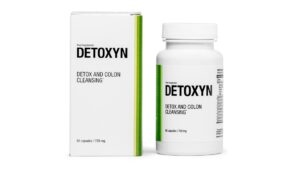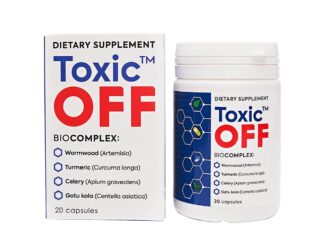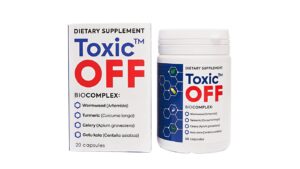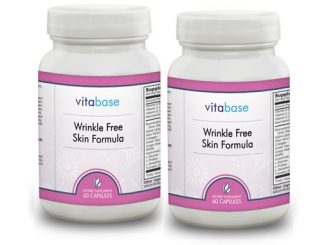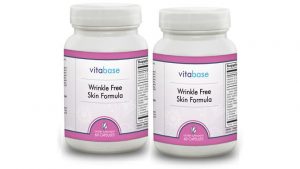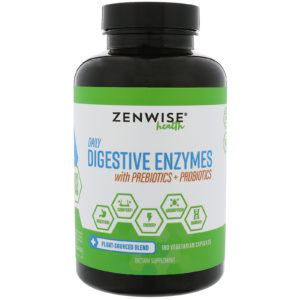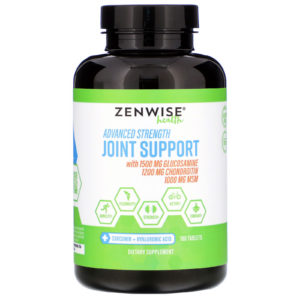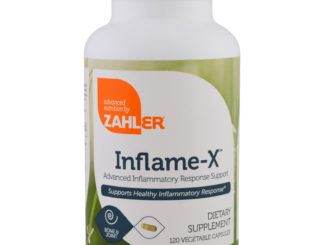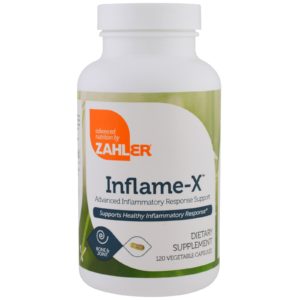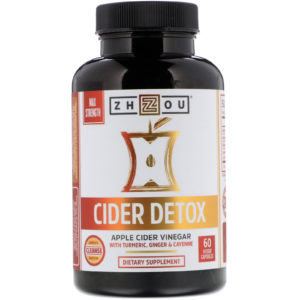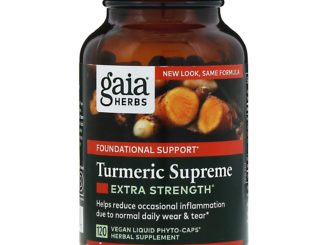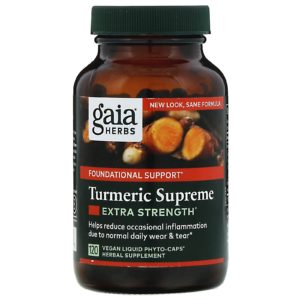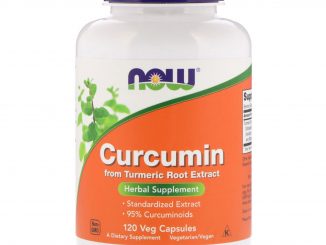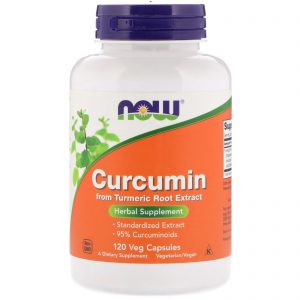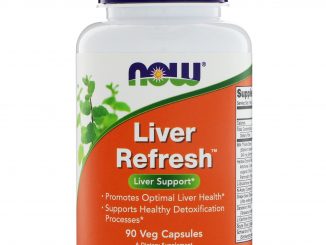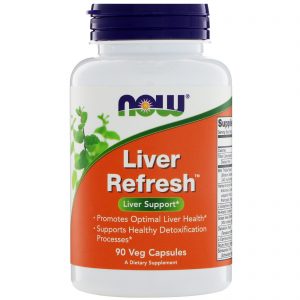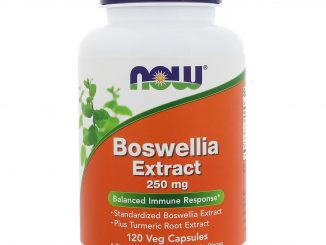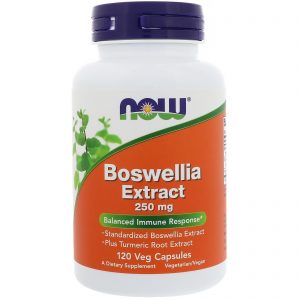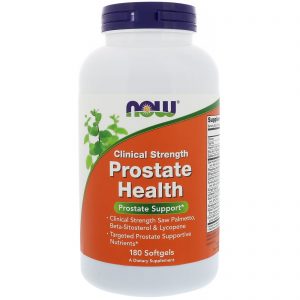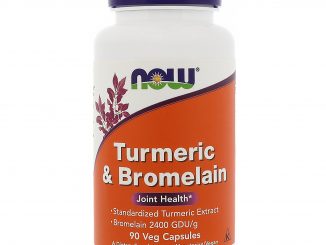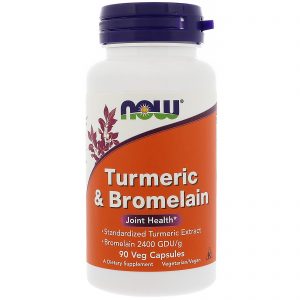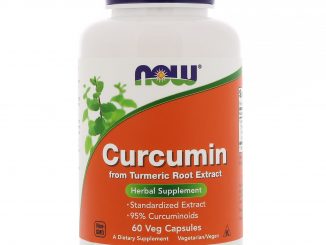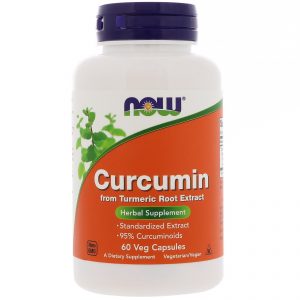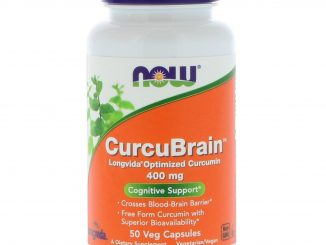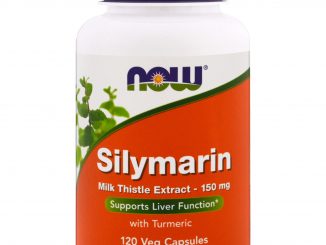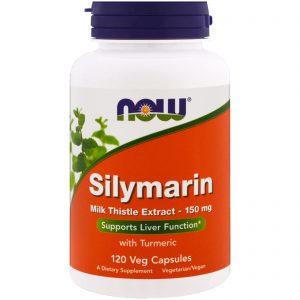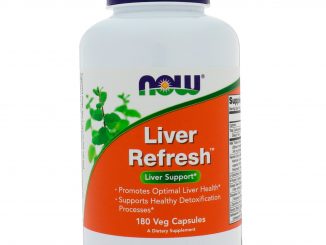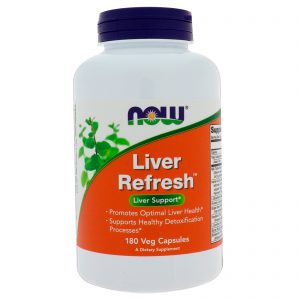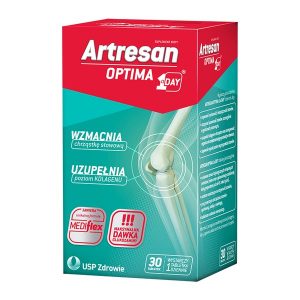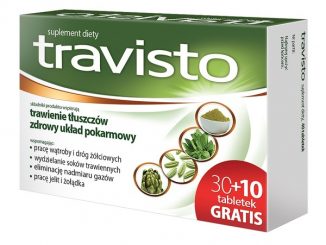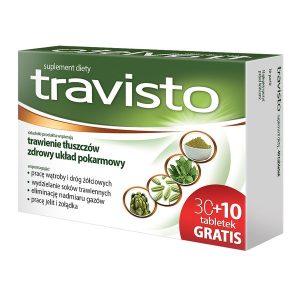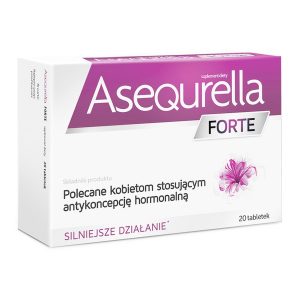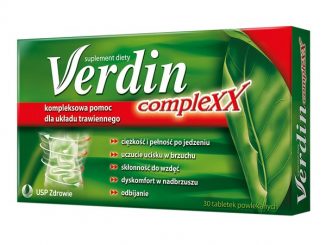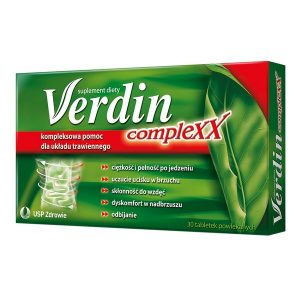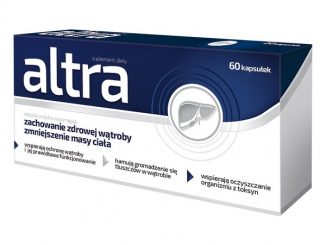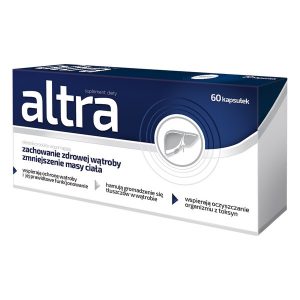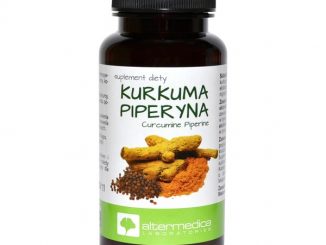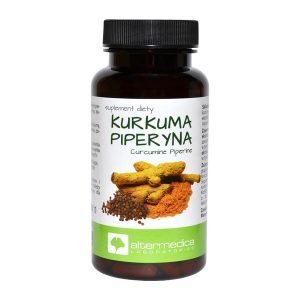The properties of Turmeric
Turmeric (Curcuma longa) is a type of herb belonging to ginger family, which is widely grown in southern and south western tropical Asia region. The most important secondary metabolite of C. longa is curcumin, which is responsible for anti-inflammatory effect of this plant(852).
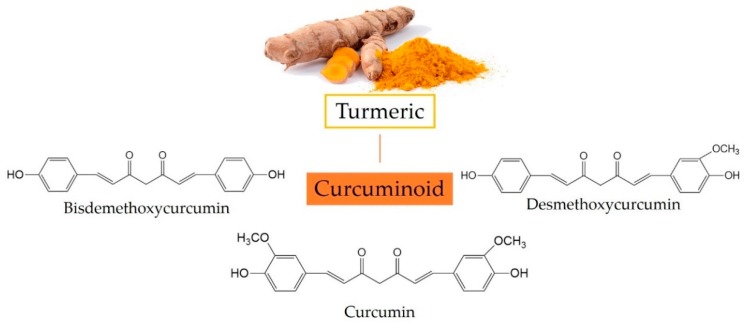
Turmeric is also known to have been used for centuries in India and China for the medical treatments of illnesses such as dermatologic diseases, infection, stress, and depression. It has a long history of use in Ayurvedic medicine as a treatment for inflammatory conditions.
Turmeric or Curcuma is a natural product that has anti-inflammatory, antioxidant and anti-apoptotic pharmacological properties. It can be used in the control of the aging process that involves oxidative stress, inflammation, and apoptosis.
Many clinical trials have been done for proving the anti-inflammatory effect of curcumin. Their results suggest that curcumin can be effective in improving inflammation of rheumatoid arthritis (RA) and reducing clinical manifestation of RA, such as joint swelling and morning stiffness in comparison with phenylbutazone which is used as a positive control(1078). Also, curcumin was tested in patients with anterior uveitis; after 2 weeks, exhaustive remission occurred(1079). The effectiveness of curcumin in patients with dyspepsia and/or gastric ulcer was proved by another clinical trial. In this study, subjects experienced remission after 12 weeks (maximum)(1080). Curcumin is beneficial in irritable bowel syndrome (IBS) treatment(1081) and also works as a reducing agent to delayed graft rejection (DGR) after kidney transplant surgery(1082). Curcumin likewise has a beneficial effect in inhibition of inflammatory bowel disease (IBD) and reduction in sedimentation rate in patients who suffered from IBD(1083). It is also proven to be beneficial in maintaining amelioration of ulcerative colitis(1084) and psoriasis (by the selective prohibition of phosphorylase kinase)(1085).(1069)



























































